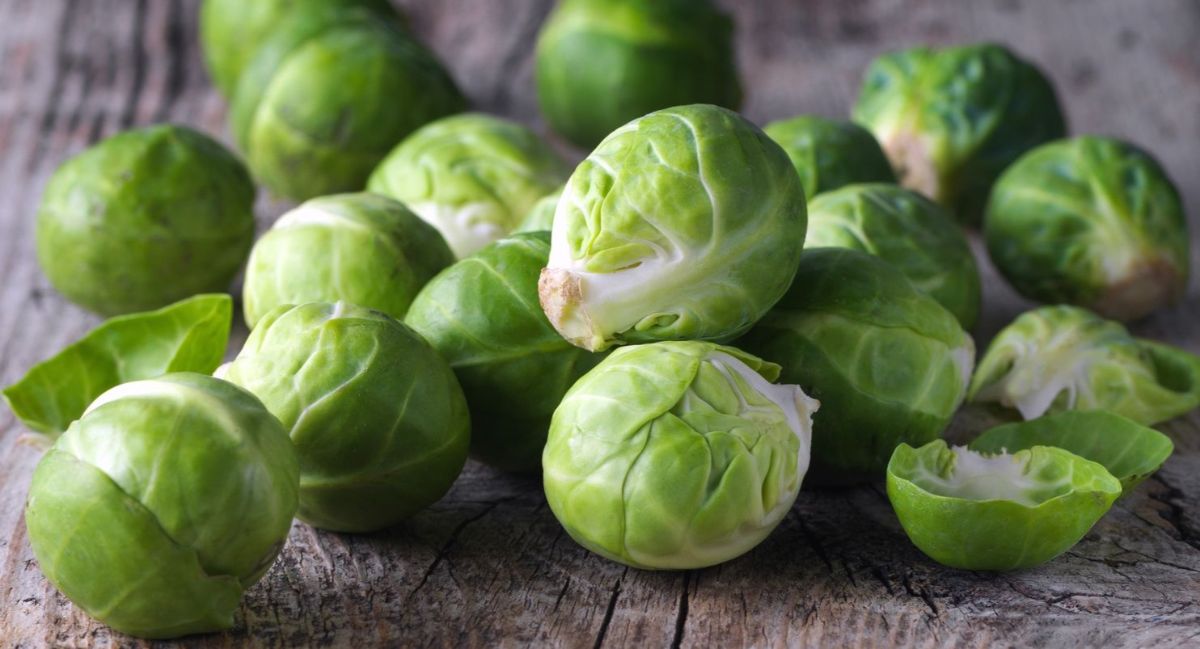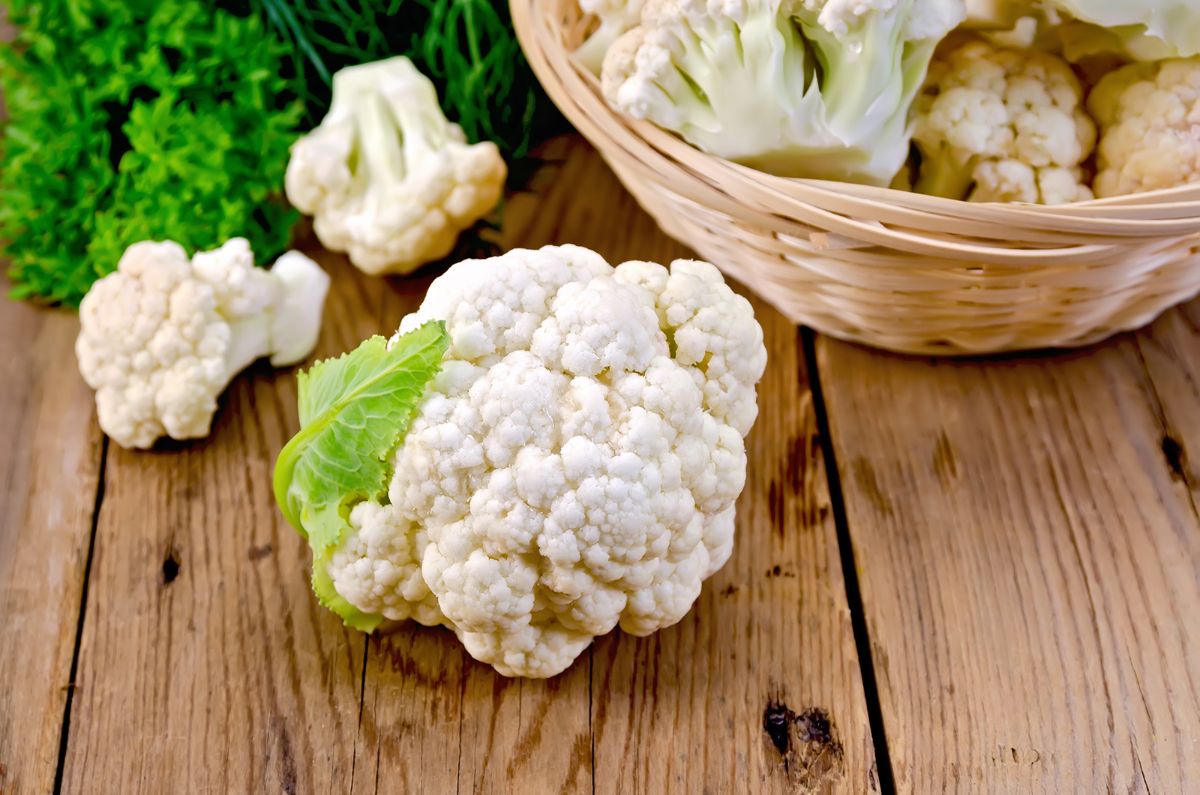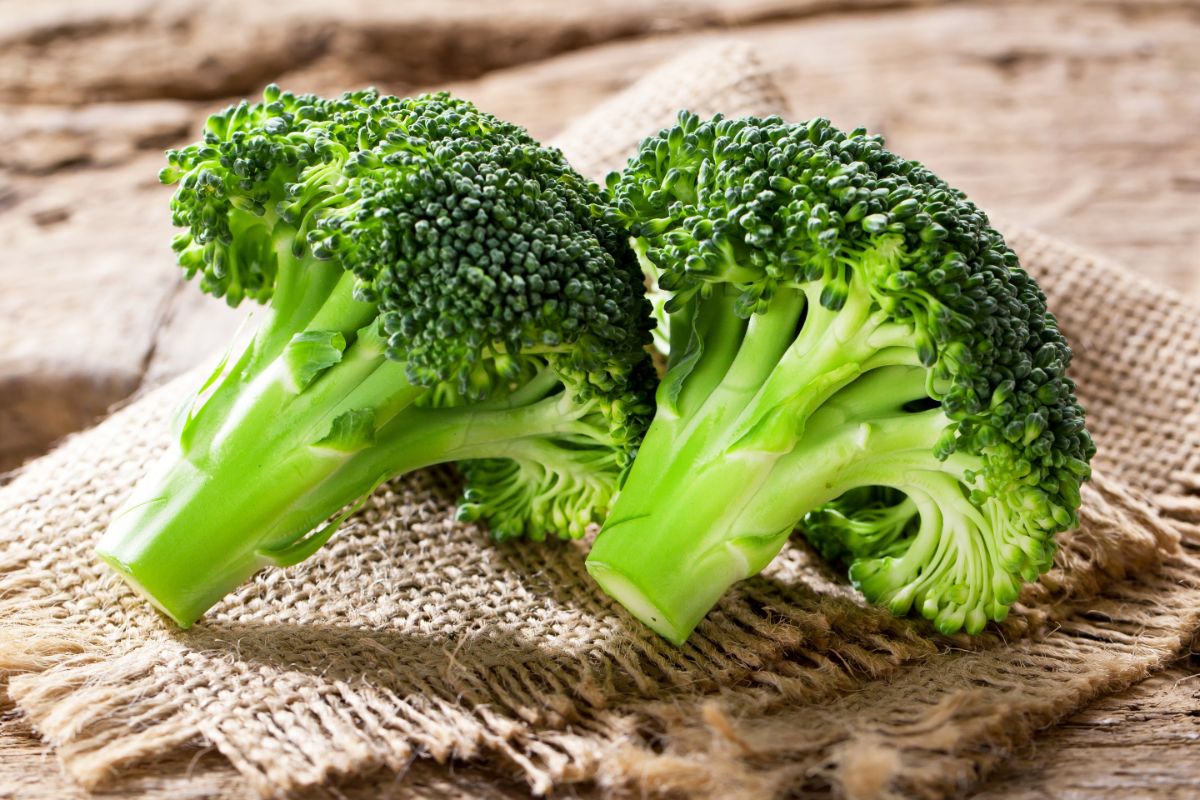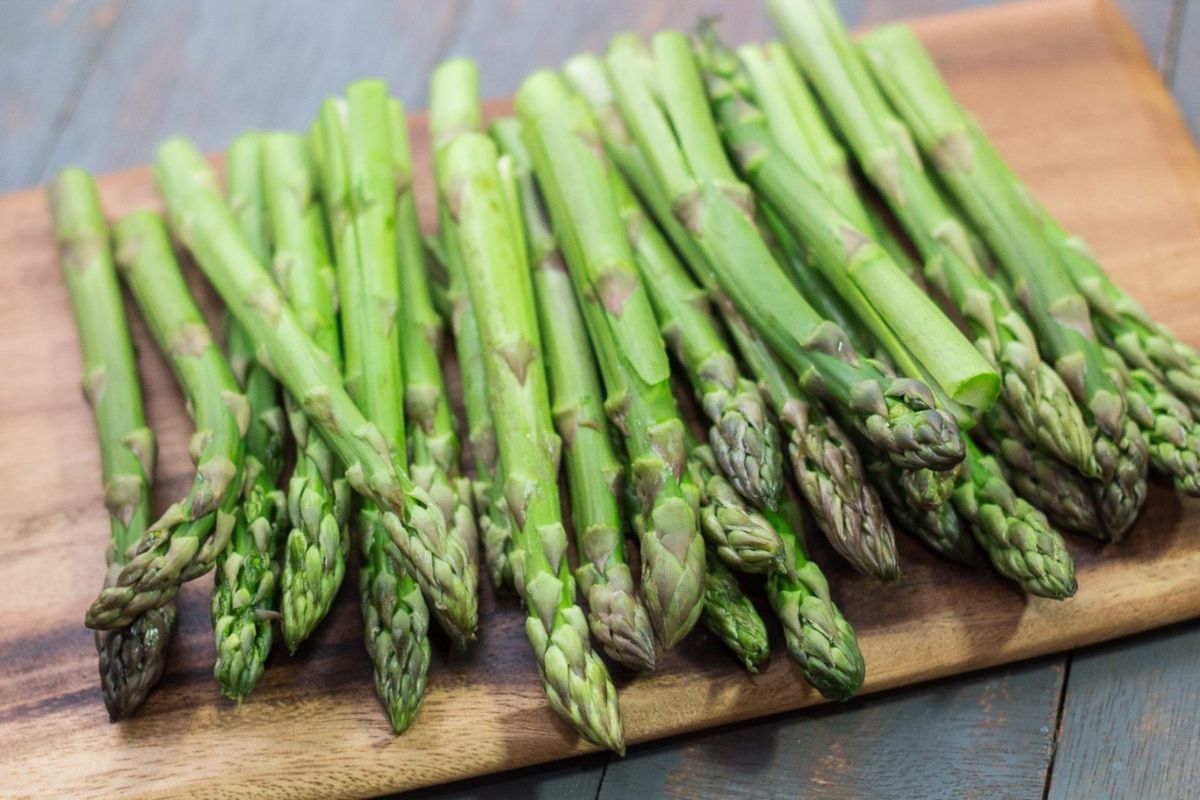10 facts about the benefits of white cabbage
White cabbage is an extremely common vegetable crop that contains many valuable substances that determine its benefits for the body.
Vitamins, macro- and microelements, as well as antioxidants in its composition improve the functioning of the digestive, cardiovascular and endocrine systems; provide prevention of malignant neoplasms.
10 useful properties
The following are the main beneficial properties of white cabbage for health, which have a scientific basis.
1. Valuable composition

White cabbage is a low–calorie product (about 24 calories per 100 grams). She contains the following nutrients per 100 grams:
| Name of the component | Specific gravity or percentage of daily requirement |
| proteins | 1.1 grams |
| dietary fiber | 2.2 grams |
| Vitamin K | 91 % |
| Vitamin C | 58 % |
| Folic acid | 11 % |
| manganese | 7,5 % |
| Vitamin B6 | 6,5 % |
| calcium | 4,3 % |
| potassium | 4,3 % |
| magnesium | 3,2 % |
The composition also contains a small amount of vitamin A, riboflavin, iron and some other mineral compounds.
The macro- and microelements described above are extremely important for maintaining metabolism, well-coordinated work of the cardiovascular and digestive systems, reducing the risk of developing malignant neoplasms and maintaining immunity.
Proven that vitamin C alone strengthens the immune system , prevents malignant cell transformation and enhances the aesthetic properties of skin and hair.
2. Suppression of chronic inflammation
 Chronic inflammation is a physiological process by which the body supports metabolism, repairs damaged tissues and provides protection from external infectious agents.
Chronic inflammation is a physiological process by which the body supports metabolism, repairs damaged tissues and provides protection from external infectious agents.
However, according to the data foreign scientists, it is with chronic inflammation that the development of cardiovascular, endocrine and autoimmune pathologies is associated.
All Cruciferous vegetables (including cabbage) contain antioxidant substances that can reduce the activity of chronic inflammation.
According to the information scientists from the USA, against the background of regular consumption of cabbage vegetables, the concentration of key markers of inflammation in the blood decreases: interleukins 1, 6, 8; C-reactive protein.
Japanese scientists claim that the main active ingredients are sulforaphane and kaempferol (the leader in their content is red cabbage).
3. Anti-cancer effect
 Vitamin C, which is part of white cabbage, performs many functions in the human body, one of which is blocking the effects of free radicals on cells, leading to their destruction or malignant degeneration.
Vitamin C, which is part of white cabbage, performs many functions in the human body, one of which is blocking the effects of free radicals on cells, leading to their destruction or malignant degeneration.
According to experts from China, regular consumption of 100 mg of vitamin C (equivalent to 192 grams of white cabbage) reduces the chance of developing lung cancer by 7%.
Also proven the effectiveness of ascorbic acid against prostate cancer in men.
However, the effect of the vegetable is not limited to the described organs. Anti-cancer potential, presumably , affects the whole body.
It should be noted separately that red cabbage (compared with white cabbage) contains 30% more vitamin C (68 mg versus 52 mg).
4. Improving the functioning of the digestive system
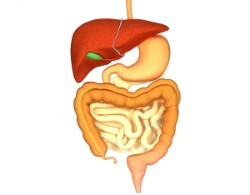 Vegetable is rich in dietary fiber
, which normalize stools: accelerate the progress of feces in the intestine, prevent the processes of putrefaction and fermentation, and prevent the development of constipation. Similar information
lead
researchers from China.
Vegetable is rich in dietary fiber
, which normalize stools: accelerate the progress of feces in the intestine, prevent the processes of putrefaction and fermentation, and prevent the development of constipation. Similar information
lead
researchers from China.
According to the data Swiss scientists, fiber intake has a beneficial effect on the composition of the intestinal microflora. Proven increase in the number of lacto- and bifidobacteria, inhibition of the growth and development of pathogenic and opportunistic microorganisms.
In addition, beneficial bacteria synthesize vitamins B12 and K2, which regulate blood clotting, as well as control the processes of DNA synthesis and repair of damaged tissues.
5. Maintaining the health of the heart and blood vessels
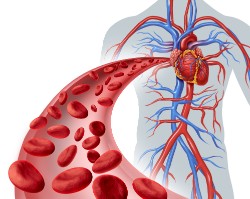 All cabbage vegetables contain anthocyanins, which are a purple pigment. The leader is red cabbage, however, white varieties also contain this substance, but in smaller volumes.
All cabbage vegetables contain anthocyanins, which are a purple pigment. The leader is red cabbage, however, white varieties also contain this substance, but in smaller volumes.
How claim American scientists, the inclusion of anthocyanins in the diet reduces the risk of developing all cardiovascular diseases (in particular, coronary heart disease and myocardial infarction, hypertension), as well as the risk of death from them.
Proven that people who regularly consume anthocyanin-rich foods are significantly less likely to be diagnosed with acute coronary syndrome.
Research by specialists from the University of East Anglia demonstrate that anthocyanins (when consumed daily) reduce systolic and diastolic blood pressure by 5-15%.
6. Normalization of cholesterol levels
 An increase in the level of cholesterol, as well as its atherogenic fractions (VLDL, LDL, TGA) is an extremely dangerous phenomenon, in which the probability of formation of atherosclerotic plaques on the walls of arterial vessels increases several times.
An increase in the level of cholesterol, as well as its atherogenic fractions (VLDL, LDL, TGA) is an extremely dangerous phenomenon, in which the probability of formation of atherosclerotic plaques on the walls of arterial vessels increases several times.
They can lead to thrombotic and thromboembolic complications in the future, as well as to the development of diseases such as: myocardial infarction, coronary heart disease, stroke.
White cabbage contains vegetable dietary fibers and sterols, which help reduce cholesterol.
Eating 2-10 grams of dietary fiber every day leads to a decrease in the concentration of total cholesterol and LDL by 6-20% after 3 weeks. What kind of information received during the research by American scientists.
Sterols are plant compounds that are structurally similar to cholesterol. They are absorbed from the intestinal lumen, while the re-absorption of their own cholesterol, which was excreted through the biliary tract, slows down. According to the data specialists from the Netherlands, just 1 gram of sterols reduces LDL concentration by 5%.
7. Reduction of blood sugar
 Research by scientists from China show
that the consumption of any cabbage vegetables has a beneficial effect on the glycemic profile.
Research by scientists from China show
that the consumption of any cabbage vegetables has a beneficial effect on the glycemic profile.
Vegetables increase the sensitivity of peripheral tissue cells (muscle and fat) to insulin, causing accelerated absorption of glucose by cells. There is also a slowdown in the absorption of sugars from the lumen of the digestive tract.
The inclusion of cabbage leaves in the diet is an effective way to prevent the development of type II diabetes mellitus, as well as control blood glucose levels in the presence of glycemic profile pathologies (impaired glucose tolerance, fasting hyperglycemia, diabetes mellitus).
8. Liver protection
 According to data
of the Mexican scientific community, biologically active substances that are part of white cabbage,
protect liver cells
from damage caused by exposure to many toxic substances, as well as free radicals.
According to data
of the Mexican scientific community, biologically active substances that are part of white cabbage,
protect liver cells
from damage caused by exposure to many toxic substances, as well as free radicals.
There is also a pronounced hepatoprotective effect against the background of the course of chronic viral hepatitis (B and C), cirrhosis of the liver develops less often.
9. The benefits of cabbage for girls and women
 Any cabbage is an extremely useful product for the female body. It helps to improve the condition of the skin (increase elasticity and smoothness, slow down the formation of wrinkles). The effect is associated with a large amount of antioxidants and vitamin C, which regulates the synthesis of collagen fibers.
Any cabbage is an extremely useful product for the female body. It helps to improve the condition of the skin (increase elasticity and smoothness, slow down the formation of wrinkles). The effect is associated with a large amount of antioxidants and vitamin C, which regulates the synthesis of collagen fibers.
Also cabbage reduces the risk of developing malignant tumors of the cells of the mammary glands and uterus.
In addition, cabbage is extremely important during pregnancy. A number of vitamins (especially folic acid), antioxidants and minerals are necessary for the proper laying of the internal organs of the fetus, reducing the likelihood of defects.
10. Weight loss
 Cabbage is a low–calorie product. It can be consumed in almost any amount without the risk of formation of new deposits of fat in the body.
Cabbage is a low–calorie product. It can be consumed in almost any amount without the risk of formation of new deposits of fat in the body.
Experts from Germany claim that eating any vegetables rich in water (cabbage leaf consists of about 88-91% water) contributes to weight loss (mainly due to adipose tissue).
Fiber plays an equally important role. Dietary fiber, once in the stomach, increases significantly in size, calling suppression of the activity of hunger centers in the brain. As a result, a person takes less food over the next few hours.
Harm and contraindications
 Despite all the medicinal properties, in some situations, cabbage can cause harm to humans. Contraindications include:
Despite all the medicinal properties, in some situations, cabbage can cause harm to humans. Contraindications include:
- Chronic diseases of the gastrointestinal tract in the acute stage. Cabbage contains a number of substances that irritate the mucous membranes, which can worsen the course of gastritis or peptic ulcer of the stomach and duodenum.
- Hypersensitivity of the body. When sensitizing the immune system to any cabbage vegetable crops, eating cabbage is strictly prohibited due to the high risk of allergic reactions.
Cabbage is allowed and even recommended for women to use during pregnancy (in the absence of the above contraindications). The plant contains a number of vitamins and minerals that are necessary for the adequate formation of all organs of the fetus. For example, folic acid is responsible for the laying of the nervous system and is a means of preventing neural tube defects.
Short answers to questions
 Below are the answers to the most common questions about eating cabbage;
Below are the answers to the most common questions about eating cabbage;
- Which variety is the most useful? Red cabbage and purple cabbage contain significantly more antioxidant substances than the white cabbage variety. The concentration of vitamins (except A and C) is almost similar. The composition has practically no differences with Peking cabbage.
- Is it possible to eat a cabbage? It is in the central part of the cabbage that chemicals from fertilizers, pesticides, and atmospheric air are concentrated. Only with full confidence in favorable growing conditions, a cabbage stalk can be eaten.
- Do I need heat treatment? Any heat treatment leads to a decrease in the concentration of biologically active substances, therefore, it is recommended to give preference to raw cabbage. Boiled, stewed and steamed cabbage is also acceptable, but fried is better to give up.
- Can her children? Yes! Cabbage is rich in vitamins and minerals necessary for the growth of the child's body. You can include the product in the diet of children from the age of 8 months (in the form of mashed potatoes).
Conclusion
- Thus, cabbage is characterized by a high content of vitamins (K, C, folic acid), minerals (manganese, calcium) and antioxidant substances (sulforaphane and kaempferol) that support the health of the entire human body.
- Against the background of regular use, the work of the cardiovascular, endocrine and digestive systems improves; tumor processes are less common, and a decrease in body weight is observed.
- The plant is recommended to be included in the diet of women (especially during pregnancy).
